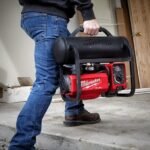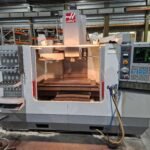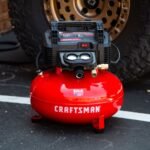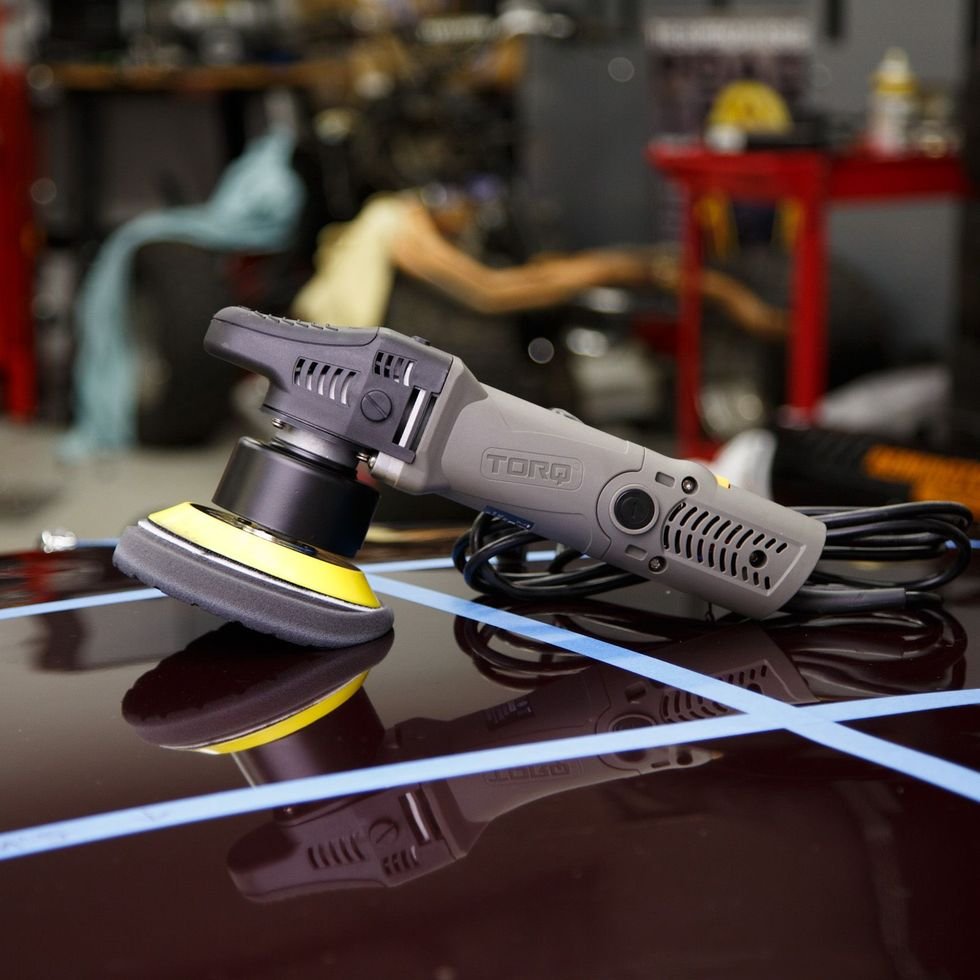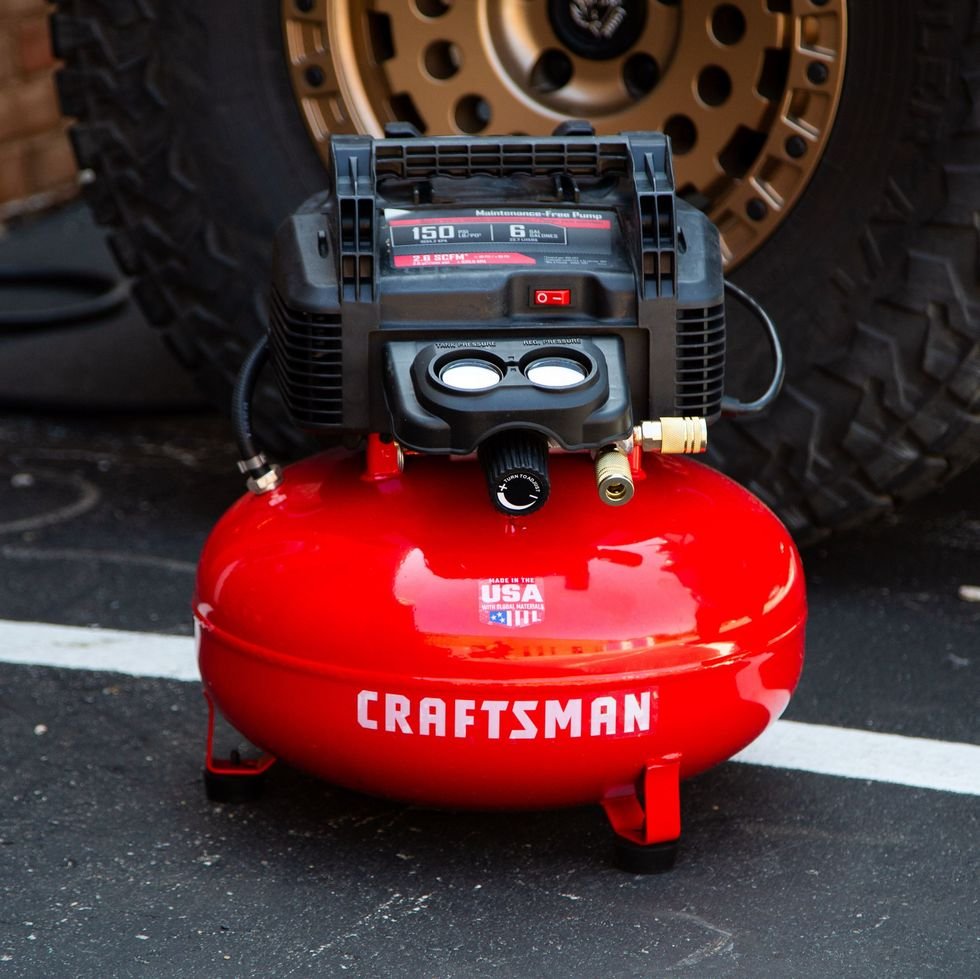When it comes to tackling tough jobs that require cutting, grinding, or polishing, having the right tools is essential. One such tool that is a must-have for any DIY enthusiast or professional tradesperson is an angle grinder.
An angle grinder, also known as a disc grinder or side grinder, is a versatile tool that can be used for a variety of tasks, from cutting metal and concrete to polishing surfaces. However, not all angle grinders are created equal, and choosing the best one for your needs is crucial. In this article, we will explore the key factors to consider when selecting the best angle grinder for your projects.
First and foremost, it is important to consider the power of the angle grinder. The power of an angle grinder is typically measured in watts or amps, and it determines how effectively the tool can handle tough materials.
If you are planning to use the angle grinder for heavy-duty tasks such as cutting through thick metal or concrete, you will need a grinder with a higher power rating. On the other hand, if you only plan to use the grinder for lighter tasks such as polishing or sanding, a lower power rating may be sufficient.
Another important factor to consider is the size of the angle grinder. Angle grinders come in a range of sizes, with the most common sizes being 4.5 inches, 5 inches, and 7 inches. The size of the grinder determines the size of the disc or wheel that can be attached to it, which in turn affects the depth of cut or grinding capacity.
Smaller grinders are generally more maneuverable and easier to handle, making them ideal for tasks that require precision and control. However, larger grinders are better suited for heavy-duty tasks that require more power and a larger cutting or grinding surface.
In addition to power and size, it is also important to consider the speed of the angle grinder. The speed of an angle grinder is measured in revolutions per minute (RPM), and it determines how quickly the disc or wheel can spin.
Higher RPMs generally result in faster cutting or grinding, but they can also increase the risk of accidents if the tool is not used properly. It is important to choose an angle grinder with a speed that is appropriate for the tasks you will be performing.
For example, if you will be using the grinder for cutting or grinding metal, a higher speed may be necessary to achieve clean and precise cuts. On the other hand, if you will be using the grinder for polishing or sanding, a lower speed may be more suitable to prevent damage to the surface.
Lastly, it is crucial to consider the safety features and accessories that come with the angle grinder. Safety should always be a top priority when using power tools, and angle grinders are no exception. Look for grinders that have features such as a safety guard to protect against sparks and debris, a spindle lock for easy disc changes, and a handle or grip that provides a secure and comfortable grip.
Additionally, consider purchasing accessories such as a dust extraction attachment or a cutting guide to enhance the safety and versatility of the grinder.
In conclusion, choosing the best angle grinder for your needs requires careful consideration of factors such as power, size, speed, and safety features. By taking the time to research and compare different models, you can ensure that you select an angle grinder that is capable of handling your specific projects effectively and safely.
Power and Performance
One of the most important factors to consider when choosing an angle grinder is its power and performance. The power of an angle grinder is typically measured in terms of its wattage or horsepower.
Higher wattage or horsepower generally indicates a more powerful motor, which means the grinder will be able to handle tougher materials and tasks more efficiently. For heavy-duty applications, such as cutting through thick metal or concrete, a higher-powered angle grinder is recommended.
In addition to power, the performance of an angle grinder is also influenced by its speed. The speed of an angle grinder is measured in revolutions per minute (RPM). Higher RPM allows for faster material removal, making the grinder more efficient.
However, it’s important to note that higher speeds may also increase the risk of accidents, especially for inexperienced users. Therefore, it is crucial to choose an angle grinder with adjustable speed settings, allowing you to select the appropriate speed for each task.
Another factor that affects the performance of an angle grinder is the size of its grinding wheel. The size of the grinding wheel determines the depth of cut and the amount of material that can be removed in a single pass.
Angle grinders are available in a variety of sizes, ranging from small handheld models with 4-inch wheels to larger benchtop models with 9-inch wheels. The size of the grinding wheel you choose should be based on the specific task at hand.
For example, if you are working on a small project that requires precision cutting, a smaller wheel would be more suitable. On the other hand, if you are tackling a large-scale project that involves heavy-duty cutting or grinding, a larger wheel would be more efficient.
Additionally, the type of abrasive disc used in an angle grinder can also affect its performance. There are different types of discs available, including grinding discs, cutting discs, and wire brush discs. Each type of disc is designed for specific applications and materials.
For example, grinding discs are used for smoothing and shaping metal surfaces, while cutting discs are used for making precise cuts in various materials. Wire brush discs, on the other hand, are used for removing rust, paint, and other surface coatings. It is important to select the appropriate type of disc for your intended task to ensure optimal performance and safety.
Furthermore, the overall design and ergonomics of an angle grinder can impact its performance and user experience. A well-designed angle grinder should have a comfortable grip and be easy to maneuver, allowing for better control and precision during use.
It should also have a durable construction and be equipped with safety features such as a guard to protect the user from flying debris and a lock-on switch to prevent accidental start-ups. These design elements contribute to the overall performance and usability of the angle grinder, making it a reliable and efficient tool for various applications.
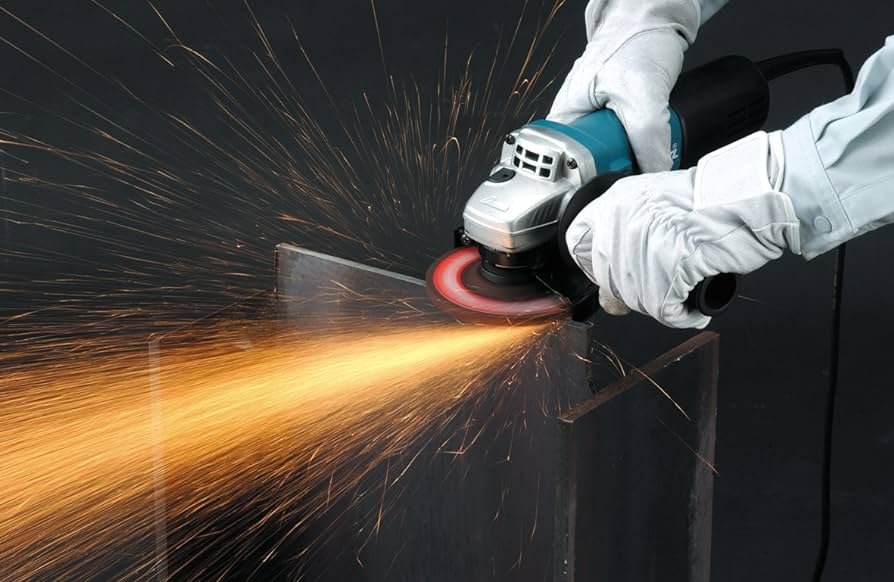
Safety Features
When working with power tools, safety should always be a top priority. Angle grinders can be dangerous if not used correctly, so it’s important to choose a model that incorporates various safety features. One of the key safety features to look for is a safety guard.
A safety guard is a protective cover that surrounds the grinding wheel or cutting disc, preventing accidental contact with the rotating blade. This is especially crucial when working in tight spaces or with materials that may cause sparks or debris to fly.
Additionally, some angle grinders also come with a lock-on switch, which allows you to lock the grinder in the “on” position for continuous use, reducing the risk of hand fatigue. This feature is particularly useful when you need to use the grinder for extended periods of time, as it eliminates the need to constantly hold down the trigger.
However, it’s important to use this feature with caution and only when necessary, as it can increase the risk of accidents if the grinder is left unattended or if the lock-on switch is unintentionally engaged.
Another important safety feature to consider is a spindle lock. A spindle lock allows for easy and safe changing of grinding discs or accessories. It immobilizes the spindle, preventing it from rotating while you loosen or tighten the disc.
This feature not only makes the process more convenient but also reduces the risk of accidental injuries. Without a spindle lock, changing discs can be a cumbersome and potentially hazardous task, as the spinning motion of the grinder can cause the disc to loosen or fly off unexpectedly.
In addition to these specific safety features, it’s also important to consider the overall build quality and durability of the angle grinder. Look for models that are made from high-quality materials and have a sturdy construction. This will not only ensure that the grinder lasts longer but also reduce the risk of malfunctions or accidents caused by faulty components.
Furthermore, it’s essential to always wear appropriate personal protective equipment (PPE) when using an angle grinder. This includes safety goggles or a face shield to protect your eyes from flying debris, as well as gloves and ear protection. Remember to read the manufacturer’s instructions and follow all safety guidelines provided to minimize the risk of accidents and injuries.
Size and Weight
The size and weight of an angle grinder can greatly impact its usability and maneuverability. Angle grinders come in various sizes, typically ranging from 4 to 9 inches in disc diameter. Smaller grinders are generally lighter and more compact, making them easier to handle and control.
They are ideal for tasks that require precision and working in tight spaces. On the other hand, larger grinders are more powerful and suitable for heavy-duty applications but may be more challenging to handle for extended periods.
It’s important to consider the intended use and the level of control you require when selecting the size and weight of an angle grinder. If you anticipate working on a variety of projects that require different levels of power and control, you may consider investing in multiple angle grinders of different sizes.
For example, if you are a professional contractor who often works on construction sites, you may need a larger angle grinder with a 9-inch disc diameter to tackle heavy-duty tasks such as cutting through thick metal or concrete.
The added power and size of the grinder will allow you to complete these tasks more efficiently and effectively. However, it’s important to keep in mind that the larger size and weight of the grinder may make it more difficult to maneuver in tight spaces or for prolonged periods.
On the other hand, if you are a DIY enthusiast who primarily works on smaller projects around the house, a smaller angle grinder with a 4-inch disc diameter may be more suitable. This size and weight will make it easier for you to handle and control the grinder, especially when working on intricate tasks such as shaping or polishing metal or wood.
Additionally, the compact size of the grinder will allow you to access tight spaces with ease, making it a versatile tool for various projects.
Ultimately, the size and weight of an angle grinder should be chosen based on the specific requirements of your projects and your comfort level with handling different sizes. It’s always a good idea to try out different sizes and weights of angle grinders before making a purchase to ensure that you select the one that best suits your needs. Remember, the right size and weight can greatly enhance your productivity and safety when using an angle grinder.
Ergonomics and Comfort
Since angle grinders are handheld tools, ergonomics and comfort play a crucial role in ensuring a safe and efficient working experience. Look for angle grinders with features such as rubberized grips or handles with ergonomic designs. These features help reduce hand fatigue and provide better control over the tool, especially during prolonged use.
Additionally, consider the vibration levels of the angle grinder. Excessive vibration can not only cause discomfort but also lead to hand-arm vibration syndrome (HAVS) over time. Some angle grinders are equipped with anti-vibration features that help minimize vibrations, making them more comfortable to use for extended periods.
Furthermore, it is important to consider the weight of the angle grinder. A lighter tool will be easier to maneuver and control, reducing the strain on your hand and arm muscles. However, it is also essential to find a balance between weight and power. While a lightweight angle grinder may be more comfortable to use, it may not have enough power to tackle heavy-duty tasks.
In addition to the grip, vibration levels, and weight, the handle design is another important aspect of ergonomics. Look for angle grinders with adjustable handles that can be positioned according to your preference. This allows you to find the most comfortable grip and reduces the risk of hand and wrist strain.
Moreover, consider the overall size and shape of the angle grinder. A compact and slim design can provide better maneuverability, especially in tight spaces. On the other hand, a larger tool may offer more stability and control for larger projects.
Lastly, don’t forget to consider the noise level of the angle grinder. Some models are designed with noise reduction features that help minimize the noise produced during operation. This can be beneficial not only for your comfort but also to reduce the risk of hearing damage.
By considering all these aspects of ergonomics and comfort, you can choose an angle grinder that not only meets your needs in terms of power and performance but also ensures a comfortable and safe working experience.
Durability and Quality
When investing in an angle grinder, it’s important to choose a model that is built to last. Look for grinders made from high-quality materials such as metal or heavy-duty plastic. These materials are more likely to withstand the rigors of regular use and provide long-lasting durability.
In addition to the materials used, pay attention to the overall build quality of the angle grinder. Check for features such as solid construction, sturdy switches, and reliable mechanisms for adjusting speed and changing accessories. Reading customer reviews and considering reputable brands can also give you an idea of the grinder’s quality and longevity.
One aspect to consider when assessing durability is the grinder’s motor. A powerful motor with a high wattage rating is often an indicator of a well-built machine. It can handle heavy-duty tasks without straining or overheating. Look for angle grinders with motors that have ample power and are designed for continuous use.
Another factor to consider is the protection mechanisms incorporated into the grinder. Look for features such as overload protection, which automatically shuts off the grinder if it becomes overloaded, preventing damage to the motor. Dust protection is also essential, as angle grinders are often used in dusty environments. Look for grinders with effective dust seals and filters to prevent dust from entering the motor and causing premature wear and tear.
Furthermore, consider the availability and quality of replacement parts for the angle grinder. Even the most durable machines may require occasional maintenance or repairs. Choosing a grinder from a reputable brand ensures that you can easily find and purchase replacement parts when needed, extending the lifespan of your tool.
Lastly, it’s worth noting that investing in a high-quality angle grinder may initially seem more expensive, but it can save you money in the long run. A durable and reliable grinder will require fewer repairs and replacements, ultimately reducing your overall costs. It’s better to invest in a grinder that will withstand heavy use and deliver consistent performance rather than opting for a cheaper, less durable alternative.
Accessories and Compatibility
Angle grinders are often used with a variety of accessories, such as grinding discs, cutting wheels, and wire brushes. These accessories expand the versatility and functionality of the angle grinder, allowing it to be used for a wide range of tasks. Whether you need to grind down metal surfaces, cut through tough materials, or clean rust and paint off surfaces, there is an accessory available to suit your needs.
When choosing an angle grinder, it’s important to ensure that it is compatible with the accessories you need for your specific tasks. Check the grinder’s spindle size and thread pitch to ensure compatibility with the accessories you already have or plan to purchase. Different angle grinders may have different spindle sizes and thread pitches, so it’s crucial to double-check before making a purchase.
Additionally, consider the availability and cost of accessories for the angle grinder you are considering. Some brands may have a wider range of accessories available, making it easier to find the right tools for your projects.
It’s also worth checking if the grinder comes with any included accessories, as this can save you money and time in the long run. Having a variety of accessories readily available can make your work more efficient and allow you to tackle different tasks without the need for multiple tools.
Furthermore, it’s important to consider the quality of the accessories you choose for your angle grinder. While there may be cheaper options available, investing in high-quality accessories can significantly improve the performance and durability of your angle grinder.
Cheap accessories may wear out quickly, leading to additional costs and potential safety hazards. Look for accessories made from durable materials and designed for the specific tasks you will be performing.
Finally, it’s worth noting that some angle grinders have additional features or attachments that can enhance their compatibility and versatility.
For example, certain models may have adjustable guards or tool-free accessory changes, making it easier to switch between different accessories and adjust the grinder to suit your needs. These features can save you time and effort, allowing you to focus on your work rather than struggling with cumbersome adjustments.
In conclusion, when choosing an angle grinder, it’s crucial to consider the compatibility and availability of accessories. Ensure that the grinder is compatible with the accessories you need or plan to use, and consider the quality and features of the accessories available for the grinder. By selecting the right accessories and ensuring compatibility, you can maximize the functionality of your angle grinder and complete your tasks with ease and efficiency.
